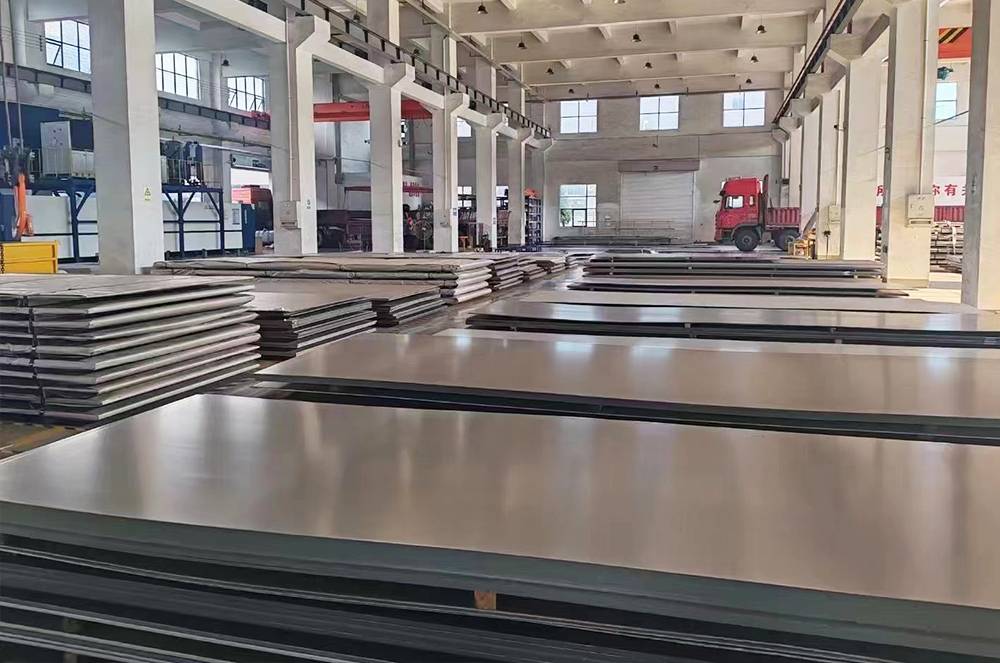Selecting the correct stainless steel plate thickness is critical for ensuring the durability, functionality, and cost-efficiency of your project. Whether you’re working on construction, industrial machinery, or decorative applications, the wrong thickness can lead to structural failures, unnecessary expenses, or compromised aesthetics. In this guide, we’ll break down the key factors to consider and provide actionable tips to simplify your decision-making process.
Why Stainless Steel Plate Thickness Matters
Stainless steel’s corrosion resistance and strength make it a top choice for industries ranging from aerospace to food processing. However, its performance hinges on selecting the appropriate thickness. Too thin, and the material may buckle under stress; too thick, and you’ll overspend on material and fabrication. Let’s explore how to strike the perfect balance.

Key Factors to Determine the Ideal Thickness
1. Load and Stress Requirements
- Static vs. Dynamic Loads: Projects like structural beams (static loads) often require thicker plates than those handling vibrations or impacts (dynamic loads).
- Weight Capacity: Calculate maximum expected weight or pressure. For example, marine applications demand thicker plates to withstand water pressure and corrosion.
2. Environmental Conditions
- Corrosion Risks: Harsh environments (e.g., chemical plants or coastal areas) may necessitate thicker plates to offset long-term corrosion wear.
- Temperature Extremes: High-temperature applications (e.g., exhaust systems) require thicker plates to resist warping.
3. Industry Standards and Regulations
- Check ASTM, ISO, or EN standards for your sector. For instance, pressure vessels must comply with ASME Boiler and Pressure Vessel Code guidelines.
4. Budget Constraints
- Thicker plates cost more upfront but reduce long-term maintenance. Use tools like lifecycle cost analysis to justify initial investments.
5. Fabrication Methods
- Welding or machining thinner plates (e.g., 3mm–6mm) is easier but may lack rigidity. Laser cutting or bending thicker plates (>10mm) requires specialized equipment.
Common Applications and Recommended Thickness Ranges
| Application | Recommended Thickness | Reason |
|---|---|---|
| Architectural Cladding | 1.5mm–3mm | Lightweight, easy to shape |
| Food Processing Equipment | 3mm–6mm | Resists corrosion, meets hygiene standards |
| Industrial Tanks | 6mm–12mm | Withstands pressure and chemical exposure |
| Shipbuilding | 10mm–25mm | Durability in saltwater environments |
3-Step Checklist to Simplify Your Choice
- Define Functional Needs: List load requirements, environmental exposure, and industry regulations.
- Consult a Thickness Chart: Cross-reference your needs with standard thickness guidelines (e.g., 304/316 stainless steel charts).
- Prototype and Test: For critical projects, test a sample plate under simulated conditions to validate performance.
Avoid These Common Mistakes
- Overestimating Thickness: Unnecessarily thick plates increase costs and complicate fabrication.
- Ignoring Corrosion Allowance: Always add 0.1mm–0.5mm to account for corrosion over time.
- Overlooking Fabrication Limits: Ensure your workshop can handle the chosen thickness.
Choosing the right stainless steel plate thickness requires balancing technical demands, budget, and long-term goals. By prioritizing load requirements, environmental factors, and industry standards, you’ll optimize both performance and cost.
